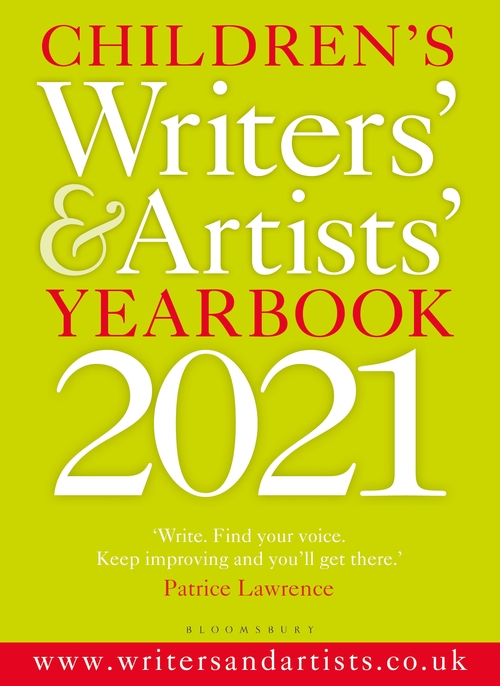
-
Don’t write books about the experience of being LGBT+ unless you are LGBT+ yourself
This doesn’t mean that you should avoid writing stories containing LGBT+ characters, only that their identity shouldn’t be the main focus of the novel. -
Do your research
Read books written by people with the identities you want to include in your fiction & talk to anyone you know personally about their experiences; reach out to people on social media or hire a sensitivity reader. -
Avoid stereotypes
There is no universal gay experience, just as there’s no single straight experience. An easy way to avoid unintentional stereotyping is to make sure that your character’s sexuality is not their only character trait. -
Include LGBT+ characters in all genres
LGBT+ characters deserve complicated adventures where they get to save the world too. If you write historical fiction, remember that LGBT+ people have existed throughout all of history. If you are writing science fiction & fantasy, remember that the social prejudices you choose to include in your fictional world say more about you than anything else. -
Don’t bury your gays
It’s so common for media featuring LGBT+ characters to end with their deaths that it even has a trope name. Bury Your Gays. Try to flip convention; you’re writing fiction so feel free to take some liberty. -
Write LGBT+ characters of all ages
Sexuality is a spectrum and people can discover they are LGBT+ at any time. Including only teenage LGBT+ characters can send the unintentional message that they have no future. -
Don’t be afraid of terminology
Demisexual, aromantic – these might sound like textbook terms, but think of a child reading your book and coming across the exact word they need to google to explain all the feelings they’ve never understood about themselves. It’s worth remembering terminology is an ever-evolving science, so make sure that the words you choose are up to date and not considered a slur. -
Don’t shy away from representing physical intimacy
There’s nothing more explicitly sexual about two boys kissing than a girl and a boy and yet only occasionally is the former casually represented in children’s fiction. -
Don’t just have a token LGBT+ character
To accurately reflect the real world, include multiple people of different LGBT+ identities in the same friendship group. LGBT+ people have deeply important platonic relationships with each other as well as romantic ones; not all gay characters exist to be shipped together.
Lauren James was born in 1992 and is the British Young Adult author of The Loneliest Girl in the Universe, The Quiet at the End of the World and The Next Together series. She graduated in 2014 from the University of Nottingham, UK, where she studied Chemistry and Physics. Her books have sold over fifty thousand copies in the UK alone, and been translated into five languages worldwide. Her other novels include The Last Beginning, the epic conclusion to The Next Together which was named one of the best LGBT-inclusive works for kids and young adults by the Independent, who called it ‘ideal for teenagers. The Last Beginning is on the ball’. Two short stories set in the world of The Next Together series, Another Together and Another Beginning, are also available.
Lauren's new novel, The Reckless Afterlife of Harriet Stoker, was published by Walker in September 2020.
This is a short extract from Lauren's 'Including LGBT+ characters in children's fiction' article in the Children's Writers' & Artists' Yearbook. To read the full article, purchase the Yearbook with 30% off over at Bloomsbury.com.
Comments